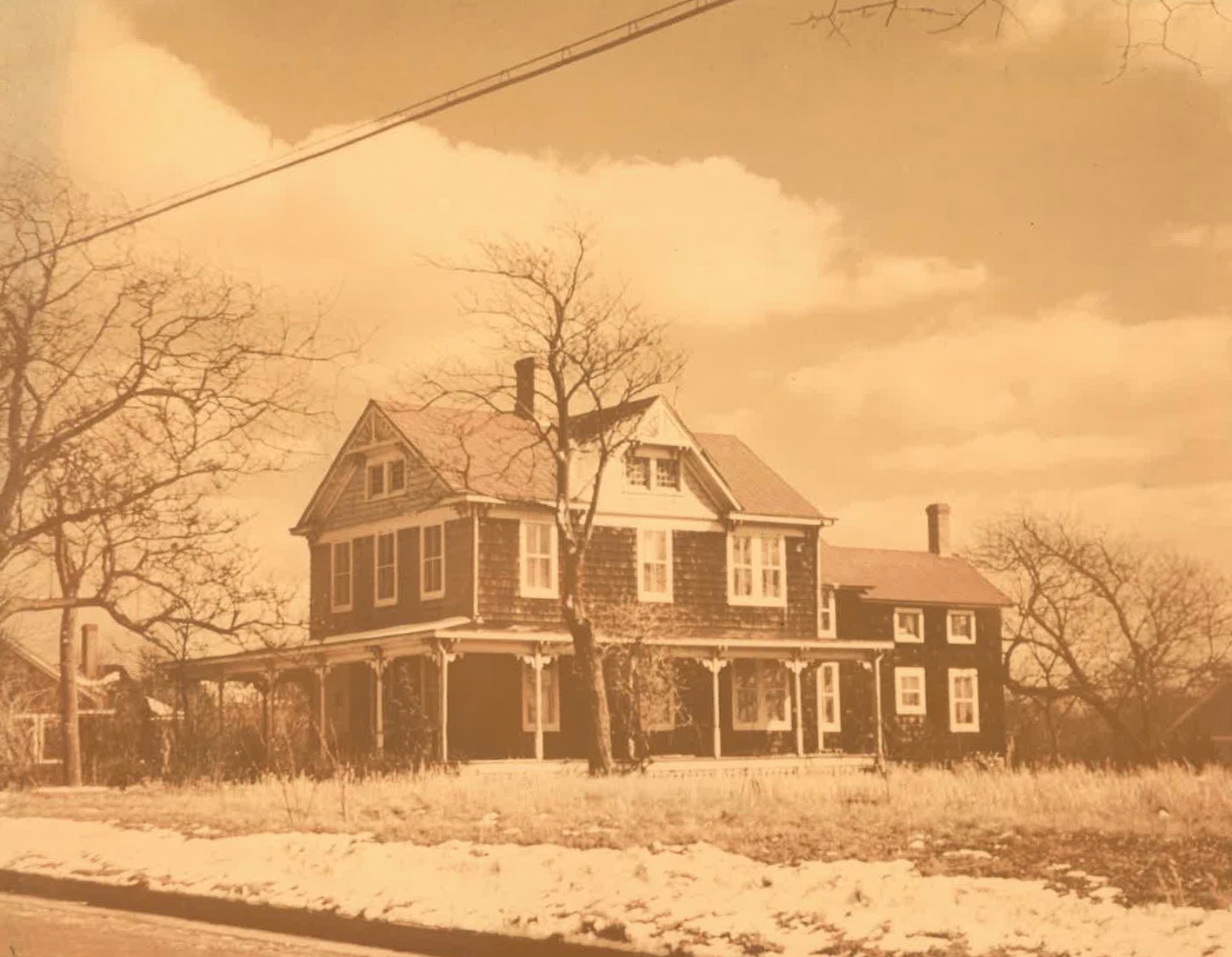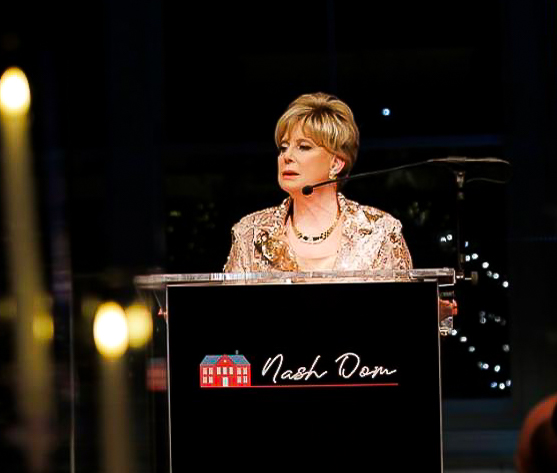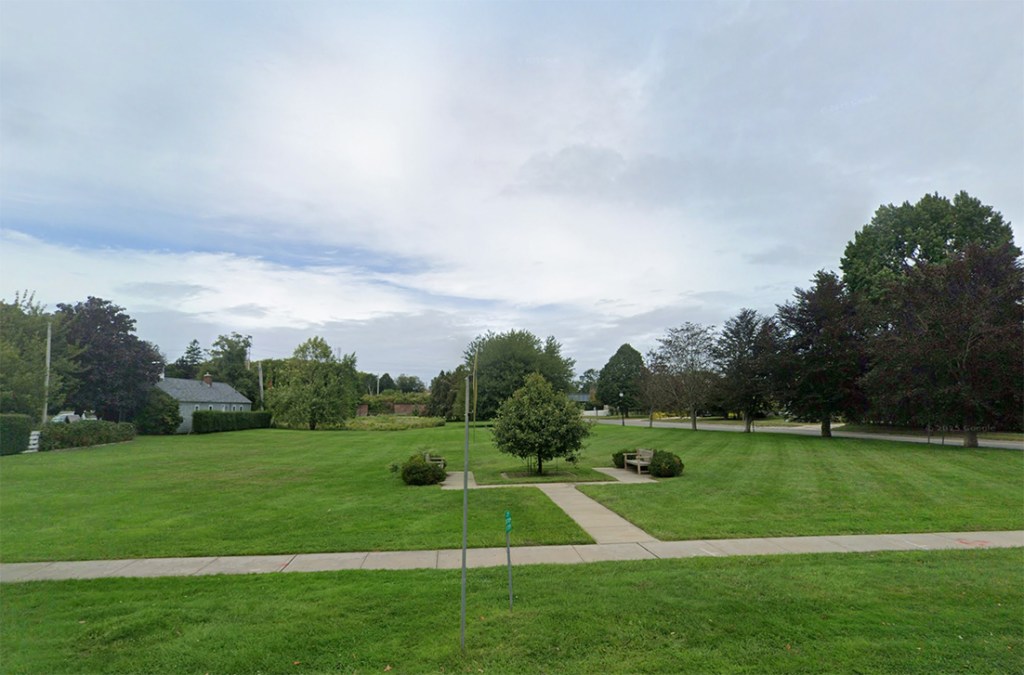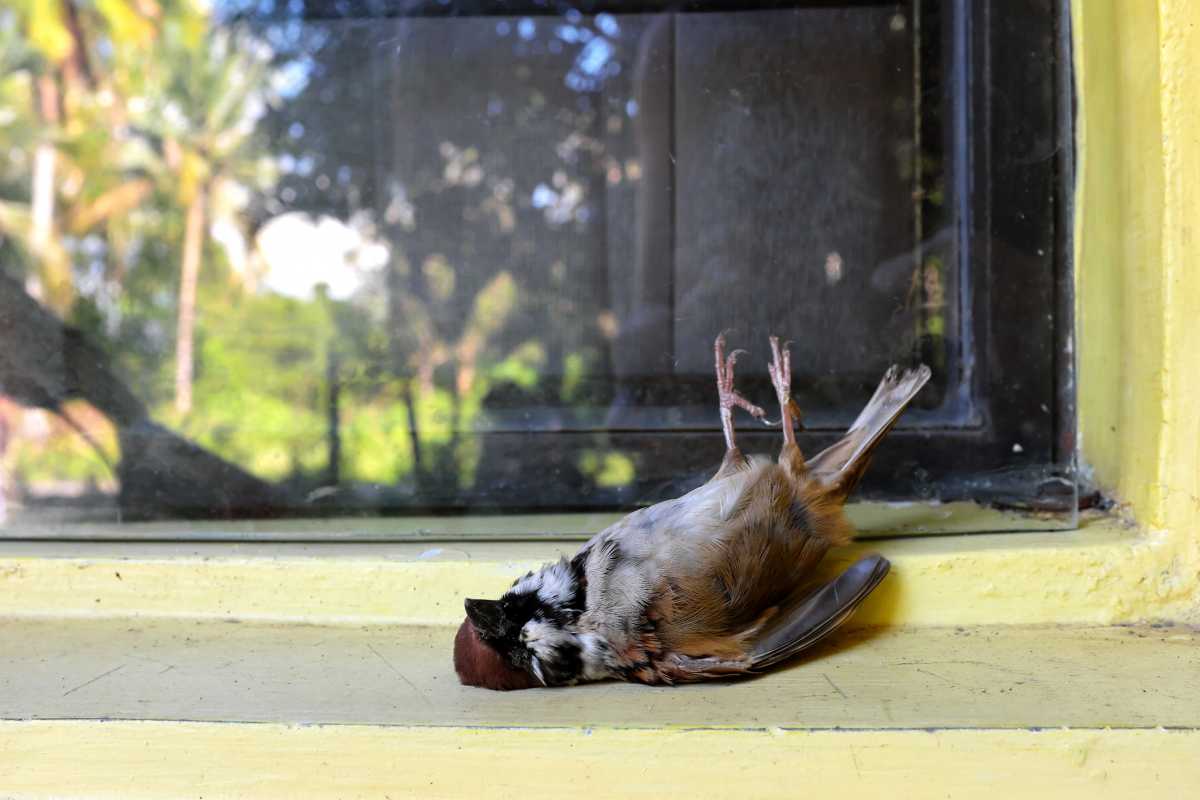Topping-Raynor House Deemed Historic


The Topping-Raynor House on South Road in Westhampton has been named a local historic landmark.
The designation comes after validation from Southampton Town’s landmarks and historic district and planning boards. The label will give the town the opportunity to purchase a façade easement, which would help owner Eleanor Daly Kobel afford to maintain and refurbish the home.
“In 2016, William Heine, an architect on the board, did a detailed visit and documented the house and found it possessed a high degree of original architectural integrity,” Landmarks and Historic District Board Chairman Ed Wesnofske said. “The interior of the house is also remarkably original and very beautifully maintained. The owners have certainly put a great deal of attention and care into its upkeep.”
The late Victorian-style home was built in 1890 by area architect Charles Bishop for Charles Topping, who owned it for 10 years before selling it to William Clark Raynor for $2000 in 1911. Topping’s father Alanson was a politician, and Raynor’s son Charles was appointed Westhampton’s first postmaster in 1862. The Bishop family lived in a house on Mill Road constructed in 1900. The farmhouse and two other structures on South Road were once part of the C. R. Bishop property to the west. The Raynor family owned the home for 40 years before Daly Kobel’s aunt Eleanor McNamara purchased the home in 1961 from Louise Raynor, Charles’s daughter.
“She was born in the living room of my house,” Daly Kobel said of Louise Raynor. “She was the first woman to receive a commercial fishing license in Suffolk County — she was a clammer. She taught my brother and I how to fish, swim, sail, play badminton. She would be extremely happy about this.”
Original wainscoting is in all but one room, which replaced a breezeway, because the kitchen was originally detached from the home. A stained-glass window blown out during Hurricane Sandy is one of the first things Daly Kobel would like to restore. The owner is also urging others to protect their pieces of history, hoping the parcels preserved could be included in a historic district in the future.
“I’m a complete historical advocate,” said Daly Kobel, who was recently elected to the Westhampton Beach Historical Society board of trustees. “I’m talking to owners of other old, historic houses in the area to do the same.”
Located on the northwest corner of Baycrest Avenue and South Road is the building that once was the Nilsson & Bishop store. The building itself dates from the 1880s when it was the residence of Patchogue banker John Porter. In 1905, the home was bought by Stephen Bishop and moved to its present location, where it replaced a smaller general grocery store he had been operating.
“The Bishop family was considerably involved in a lot of the building of structures in that area at the end of the last century,” Wesnofske said.
Another general grocery store in Westhampton, formerly called Culvertown, was Stanton Bishop’s, located on the north side of Mill Road about 400 feet east of Baycrest Avenue. This store was started in 1868 and carried the usual staple of dry goods, hardware, groceries, flour, meal, tobacco, and ironware. The house and barns located on the front section of the Hite Athletic Field property was a small farmstead that has several local family names attached to it. The earliest known owner was the Bishop family.
“I’m very excited,” said Councilman John Bouvier, who is one of the liaisons to the landmarks and historic district board. “It’s always exciting to hear the history.”
desiree@indyeastend.com









